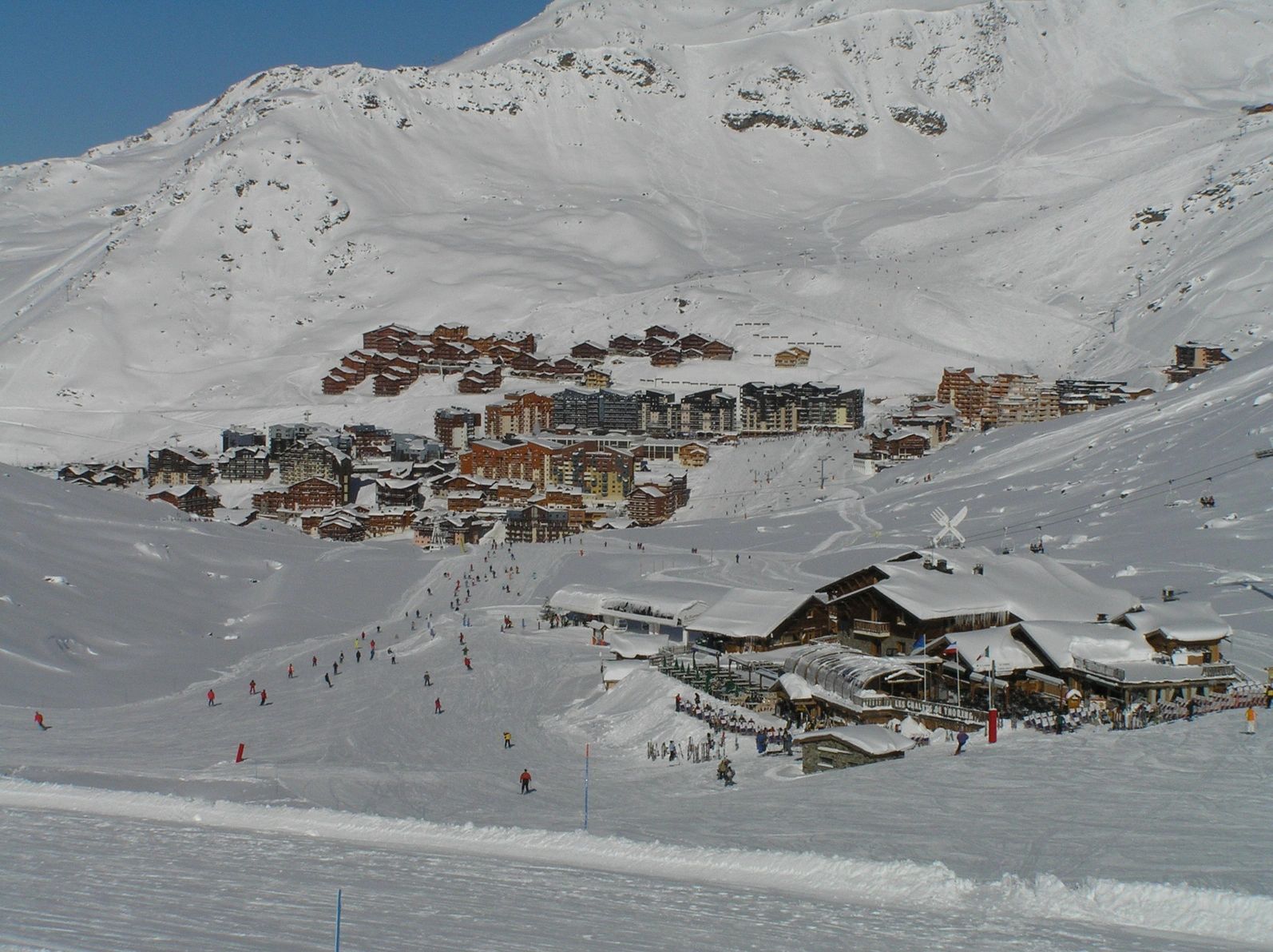Julia Jacobo reported on May 8th, 2023 that scientists have found that the Greenland Ice Sheet is melting at a faster pace than previously believed.
This phenomenon is concerning because it is one of the coldest regions on Earth and plays a critical role in regulating global temperatures. The research shows that the ocean has been a significant factor in the melting of the glaciers over the past two decades as the planet continues to experience steady warming. Eric Rignot, a professor of system science at the University of California, highlighted the ocean’s critical role in the evolution of the glaciers.
A study published in the Proceedings of the National Academy of Sciences on Monday revealed that the melting occurring at the intersection of ice sheets and the ocean in the Arctic is more extensive than previously believed.
The researchers discovered that the grounding line, which is where a grounded ice sheet meets the ocean, is a crucial site for this melting. They found that the amount of melting occurring at the Petermann Glacier in Greenland was much greater than what was previously estimated.
According to the new study, the previously held belief that grounding lines beneath glaciers that reach the ocean did not shift during tidal cycles and did not undergo ice melt has been overturned. The study’s findings indicate that warm ocean water enters beneath the ice through preexisting subglacial channels, with the highest rates of melting taking place at the grounding zone. This knowledge contradicts the traditional view of these grounding lines and highlights the importance of understanding the mechanisms behind melting at these sites.
he study revealed that between 2016 and 2022, as the grounding line of the Petermann Glacier moved back by almost 4 kilometers (2.5 miles), warm water melted a cavity in the glacier’s underside that was 670 feet tall.
This cavity remained throughout the entire year of 2022. Senior co-author Eric Rignot, a professor of Earth system science at UCI and a research scientist at NASA JPL, stated that these ice-ocean interactions make glaciers more susceptible to ocean warming. Furthermore, he emphasized that these dynamics are not accounted for in models, and if they were, projections of sea-level rise could increase by up to 200 percent.
This finding is not limited to the Petermann Glacier and could be applied to all glaciers that terminate in the ocean, including the majority of northern Greenland and all of Antarctica.
The PNAS paper highlights that the Greenland ice sheet has experienced a substantial loss of ice to the ocean in recent decades, with the majority of this loss attributed to warming subsurface ocean waters resulting from Earth’s changing climate.
The paper suggests that exposure to ocean water leads to aggressive melting of ice at the glacier front and diminishes the ice’s resistance to sliding over the ground, resulting in faster movement of glaciers toward the ocean. Rignot added that the erosion of ice caused by ocean water further exacerbates this process.



